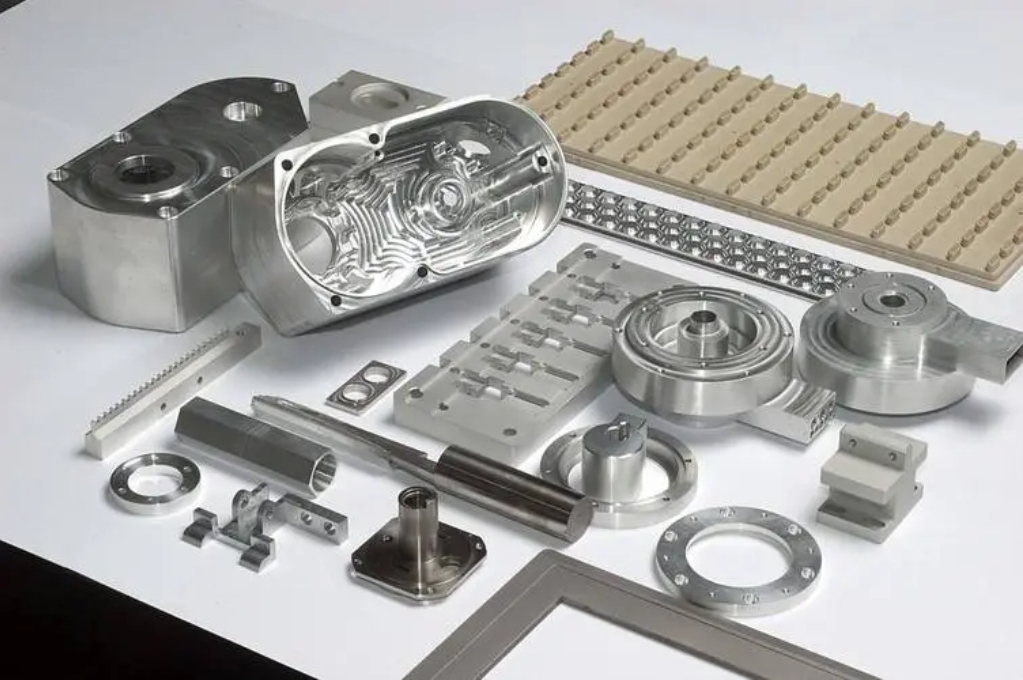Smart Manufacturing: Optimizing Metal Embossing Processes with AI and Sensor Integration+ View more
Smart Manufacturing: Optimizing Metal Embossing Processes with AI and Sensor Integration
+ View more
Date:2023-11-27 20:28
In the landscape of modern manufacturing, the convergence of traditional metal stamping techniques with cutting-edge artificial intelligence (AI) and sensor integration marks a pivotal shift in the industry. At the crux of this evolution lies the infusion of AI algorithms and sensor technologies into metal stamping processes, transforming conventional practices and enhancing productivity.

Revolutionizing Metal Stamping: A Marriage of Tradition and Innovation
Metal stamping, a foundational technique for shaping metals by applying pressure through molds, has long been an integral part of various industries. Its proficiency in producing intricate designs and durable products has rendered it indispensable across sectors such as automotive, aerospace, electronics, and beyond.
AI-Driven Precision and Efficiency
The integration of AI in metal stamping processes heralds a new era of precision and efficiency. Machine learning algorithms analyze vast datasets, optimizing parameters like pressure, temperature, and tooling sequences in real time. This dynamic adaptation minimizes errors, maximizes output quality, and streamlines production workflows.
Sensor Integration: Real-time Monitoring and Control
The incorporation of advanced sensor technologies further augments the efficiency of metal stamping. These sensors monitor key variables such as force, temperature, and material integrity during the stamping process. Real-time feedback allows for immediate adjustments, preventing defects and ensuring consistent quality.
Advancements in Quality Assurance and Predictive Maintenance
AI-driven predictive maintenance systems, coupled with sensor data analysis, enable proactive identification of potential equipment malfunctions. This preemptive approach minimizes downtime by scheduling maintenance activities before critical issues arise, ensuring uninterrupted production.

Empowering Sustainability Initiatives
The amalgamation of AI and sensors in metal stamping processes contributes to sustainability efforts. By optimizing energy consumption, minimizing material waste, and enhancing resource utilization, manufacturers reduce environmental impact and align with eco-conscious manufacturing practices.
Challenges and Opportunities in Integration
While the benefits of AI and sensor integration in metal stamping are evident, challenges persist. These include the need for robust data security, investment in infrastructure, and the upskilling of the workforce to harness the full potential of these technologies.
Conclusion: Paving the Way for Industry 4.0
In conclusion, the amalgamation of AI and sensor technology with metal stamping processes signifies the advent of smart manufacturing. This integration not only elevates precision, efficiency, and quality but also drives sustainability and predictive capabilities, steering the industry towards the era of Industry 4.0—a realm where intelligent technologies revolutionize the production landscape.
Share to:
Recommend wonderful blog posts

